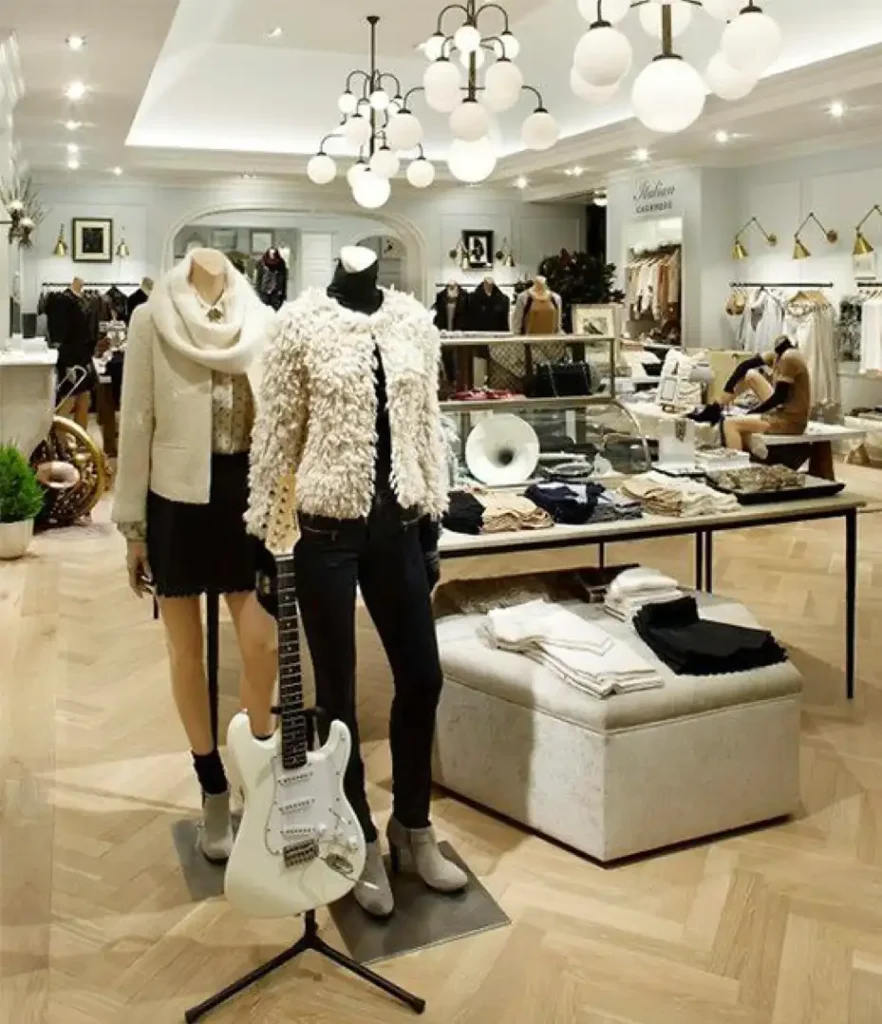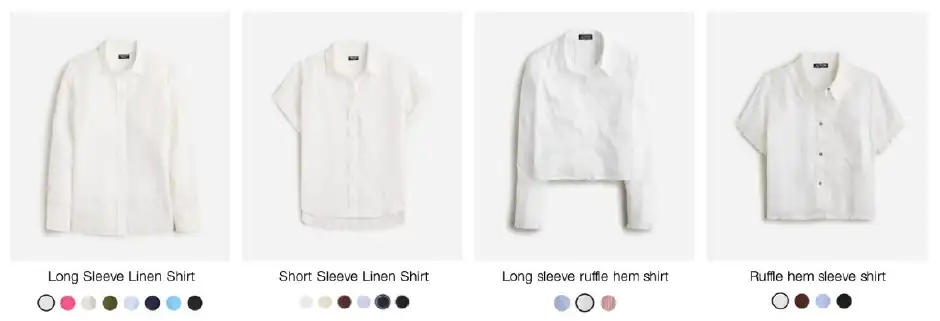
Pricing strategies in fashion buying are not merely about assigning random prices to products. Pricing decisions are strategically planned to impact sales, profitability, and brand positioning. But why have a strategy in the first place?
A clear and well executed pricing strategy maximizes profitability and provides consistency for your customers. By paying attention to and managing the margins, markup, and discount numbers, fashion buyers can improve how efficiently they work, reduce financial risks, and stay ahead of a changing and competitive market.
Effective margin management requires finding the right balance between pricing, inventory control, and planned promotions. Optimizing your margins can provide a buffer against unforeseen expenses or market changes. Getting the right balance between markup and perceived value is directly related to the consumer segment you are catering to; too high and price-sensitive customers will be put off while too low prices will undermine the perceived quality of your brand or products
Fashion buyers or Fashion entrepreneurs calculating the relevant markups for their products need to consider and include various factors such as production costs, overhead expenses, desired profit margins, and market dynamics. Markup is the amount added to the cost price of a product to determine its selling price. When assessing profitability, markup directly influences the margin i.e.; the difference between the selling price and the cost price.
Discounts can have a great impact in driving sales in the short term and clearing excess inventory. The strategic implementation of discounts can stimulate demand and increase sales for a time whether for a seasonal promotion or a flash sale. Discounts can however lead to loss of margin and brand equity. Over time a strategy of continuous discounting trains consumers to wait and purchase only during those discounted periods.

example of price point differences between premium and mass market

example of price point differences between premium and mass market
If you look across different market segments it is obvious to see the pricing differences from premium down to the mass and value market segments. Some key factors influencing the pricing can include the fabrics used, the trims and accessories, the decorative elements, the cut and fit of the garment and the availability and distribution of the brand. Products targeted for sales in the values or mass segments are designed for mass appeal and affordability
But regardless of the market segment, when developing categories in the range plan different pricing strategies can be applied at a category level to maximise the margin
Doing market research is whether online or do in-store visits, will provide a ‘snapshot’ of how your competitors are positioned at that point in time. You will be seeing products and prices on offer at that time. Depending on the stage of seasonal trading there may be discounts for lines that have sold well and some sizes have now sold out, discounts for lines or colours that were not selling well or to make way for new styles coming in.
At one particular range sign off meeting the late Mr. Arthur Ryan, chairman of Primark explained this concept by saying “the shop floor is like a hotel – you book your room for a number of night and then you have to check out … unless you want to share your room with the next fella coming in “ !!
For your range plan you need to have a well-researched strategy that you can successfully implement.
Here is a snapshot of a sub category of shirts to show an example of a price point strategy and the style and options bought.

snapshot example of shirt category price points
The planned margins may vary according to the volumes and quantities booked per colour option. As a buyer you may plan higher margins for the products at ‘top’ end of the price range versus the mid and lower tiers. It is not necessarily feasible to have the exact same margin for every product as costs for fabrics and consumption, sourcing, production delivery costs will vary per supplier.
You should achieve the required margin for the category without changing your pricing structure. Remember, that, you know the costs for your products and not the customer – they will judge the price of your product versus the perceived value. While a printed fabric will cost less that a yarn dyed woven one the customer may not appreciate the difference and thus adjusting your selling price to achieve margin is not the best strategy.
When doing comp shops, you don’t have the planned seasonal strategy information behind the plan so you can only guess or make assumptions at the time you are seeing the products and prices – for example some items may be discounted, as the planned selling phase for those lines is complete and the next phase is scheduled to launch.

This can explain why you may see a long and short sleeve version of the same style in a range – In a spring summer season the long sleeved version was probably planned to trade during the first launch or phase and then would be followed on by the short sleeve version. This can provide an opportunity for the buyer to add some new colours or just run the core neutral colours through the next phases.
When you analyse the sub category you can make a few calculations based on the following;
- The retail price of the products
- The number of style in the sub group
- The number of colour options in the sub group

For example this range shows an entry price of $89.50 with 8 x styles and 23 x options

The mid-price point of $98.00 shows 6 x styles and 19 x options

The top tier price point is $118.00 + with 4 x Styles and 5 x options.
Here is a table to show how this looks in numbers and how the range is looking as per the price points, number of #styles and number of #colour options. If your plan is to have a % mix of styles 50% / 25% / 10% then you would need to make some adjustments.

You may wish to have a bigger gap between your entry and mid-price points. Depending on your sourcing strategy you may plan to achieve higher margins on the mid- priced products so you can factor this in when determining your pricing structure. If you have a lower entry price point you may decide to offer some additional options and limit the options per style in the mid-price to a max of 5 for any one style. Fine tuning these numbers will help you to execute your plan more successfully and preserve your mark up and margin.
Aligning your pricing strategy as closely as possible with your target market will help optimize your sales performance, and profitability. The buyers challenge is always to ‘buy right’ .. ..not too much that you are left with excess inventory and not too little that you miss sales opportunities. Your products need to launch at the planned time or your will lose out on planned sales and your margins will take a hit as you may have to apply discounts that were not planned.
With so many variables to consider, having a clear pricing strategy and market understanding will help you as a buyer to manage your seasonal markups, margins, and discounts more effectively. Whether premium or mass market, the factors that influence pricing decisions, range from fabric quality to brand positioning. Implementing a well-planned strategy is key for success, enabling you to strike a balance between market competitiveness and profitability. This may involve adjusting your pricing structure to reflect your sourcing strategies and market demands. Be consistent with the range plan while allowing for cost and margin variations across different product categories.
To Learn more about how to develop your pricing strategy and build your range Check out the “Thrive in Fashion Buying online course”




